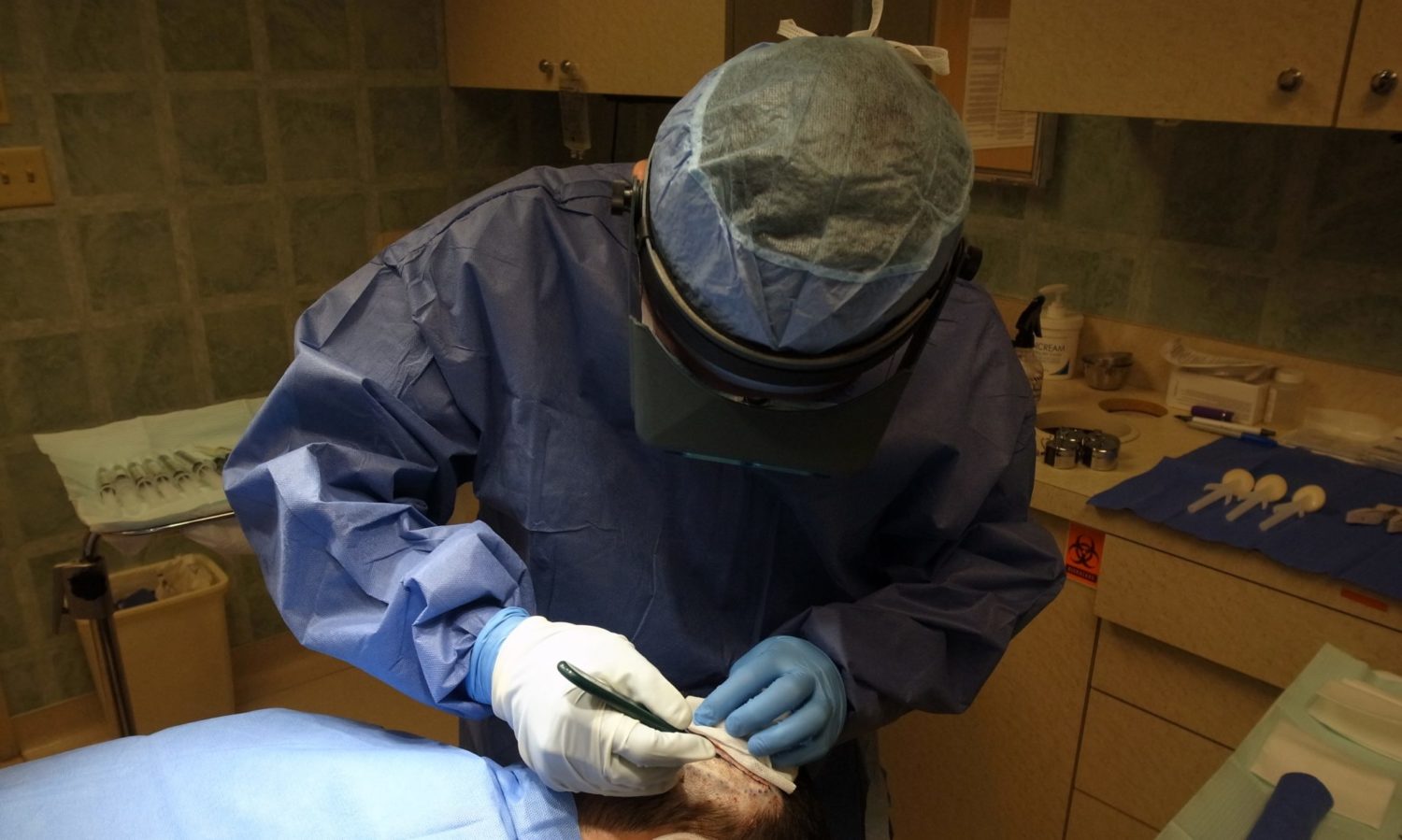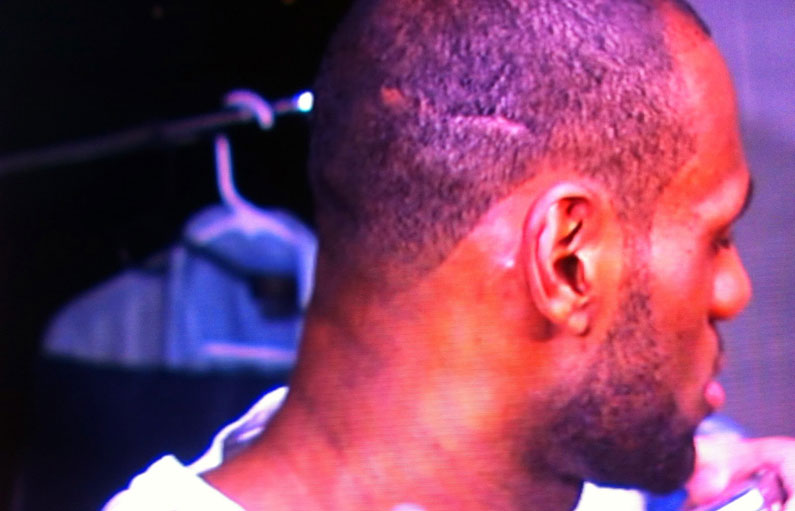 What is Male and Female Pattern Hair Loss?
What is Male and Female Pattern Hair Loss?
Male and female pattern hair loss is a common condition caused by genetics. It is characterized by the gradual thinning and miniaturization of hair follicles over time. In men, it usually presents as a receding hairline with well-defined bald areas. Conversely, in women, hair thinning tends to be more diffuse, affecting a broader area of the scalp and resulting in a general decrease in hair density rather than distinct bald patches.
Effective Treatment Options for Hair Loss
Navigating the challenges of hair loss can be difficult, but there are a variety of effective treatment options to help manage and improve the condition. We commonly recommend several approaches to our patients, each tailored to address specific aspects of hair loss:
- Minoxidil. This over-the-counter topical medication is applied directly to the scalp. Minoxidil works by enhancing blood flow to the hair follicles, which helps to deliver essential nutrients and oxygen necessary for hair growth. By stimulating these follicles, Minoxidil encourages the regrowth of hair and can slow the progression of hair loss.
- Finasteride. An FDA-approved oral medication, Finasteride works by inhibiting the enzyme responsible for converting testosterone into dihydrotestosterone (DHT), a hormone linked to hair loss. By reducing DHT levels, Finasteride helps to slow down hair loss and promote the growth of new hair.
- Viviscal PRO. This 100% drug-free supplement is formulated to support hair growth and enhance overall hair health. It contains a potent blend of marine protein extracts, vitamins, and minerals that nourish hair follicles and strengthen hair. Viviscal PRO is a more concentrated version of the standard Viviscal products, offering enhanced support for hair health.
- Nutrafol. A dietary supplement designed to combat hair thinning with a unique blend of natural ingredients. Its formula includes various vitamins, minerals, and botanical extracts that address factors like inflammation and oxidative stress, which can contribute to hair loss. Nutrafol aims to improve hair health from within and promote more robust hair growth.
- Hair Transplantation. Typically considered a last resort after other treatments have been considered or tried, hair transplantation involves the surgical removal of hair follicles from a donor site (usually the back of the scalp) that is genetically resistant to hair loss. These follicles are then transplanted to areas of thinning or baldness. Because of where the hair is harvested from, it is the only one on this list that is a permanent solution.
Male and female pattern hair loss is a common issue, but effective treatments are available. At Lisa S. Ball, FNP, we offer a range of solutions tailored to individual needs. By consulting with one of our experienced providers, you can explore these options and work towards achieving improved hair health.






